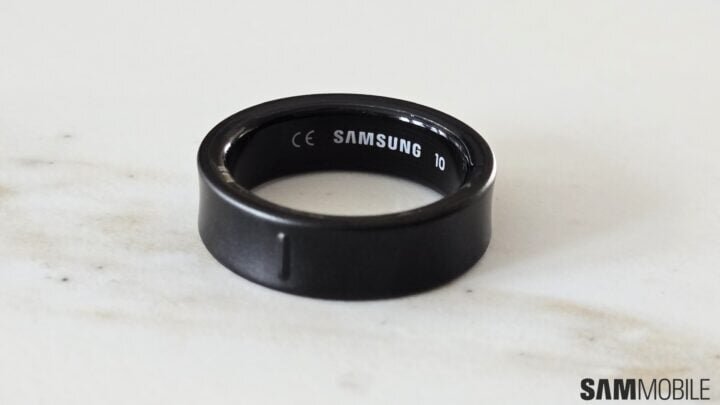For years, the tech rumor mill hinted at Samsung’s venture into wearable technology, specifically with the concept of a smart ring. With each patent and trademark filing, anticipation grew among tech enthusiasts. This past summer, the long wait came to an end as Samsung unveiled its first smart ring, aptly named the Galaxy Ring.
As expected, the Galaxy Ring is a marvel of miniaturization. Unlike the bulkier designs suggested by earlier patents, this sleek device packs a surprising array of features into an impressively compact form. The engineering prowess behind it has left early concepts looking rather rudimentary by comparison.
However, the compact design comes with a significant drawback: repairability. According to a recent teardown by iFixit, Samsung’s inaugural smart ring is nearly impossible to fix. The teardown reveals that accessing the inner workings of the Galaxy Ring necessitates breaking its outer shell, permanently damaging the device in the process. The outer plastic coating and resin are inseparably bonded to the internal components, leaving no safe way to open the device without rendering it useless.
The Galaxy Ring’s inner components include a minuscule battery and microchips all integrated onto a flexible circuit board that wraps around the ring in a circular configuration. Given the precision and density of the components, even heating them for repairs could result in melting crucial parts off the ribbon-like PCB. This level of complexity essentially makes any hopes of repair a non-starter.
Despite its stunning engineering, the Galaxy Ring’s lack of repairability raises questions about its long-term usability. Eventually, every Galaxy Ring will face the inevitable — a failing battery. When that time comes, the smart functionality will cease, and the ring will be reduced to a mere metal band. While it may still serve an aesthetic purpose, many users will likely discard it, contributing to electronic waste.
The issue of sustainability is critical, especially as the tech industry faces increasing scrutiny over e-waste. Samsung, which has made strides in improving its sustainability practices, has yet to address how it plans to manage the lifecycle of the Galaxy Ring. One potential solution could be the introduction of a robust trade-in program, which would allow users to return their defunct rings in exchange for newer models or other benefits.
While the Galaxy Ring’s groundbreaking design impresses, its disposable nature underlines an ongoing tension in the tech industry between innovation and sustainability. Only time will tell how Samsung and its users will navigate this challenge.


